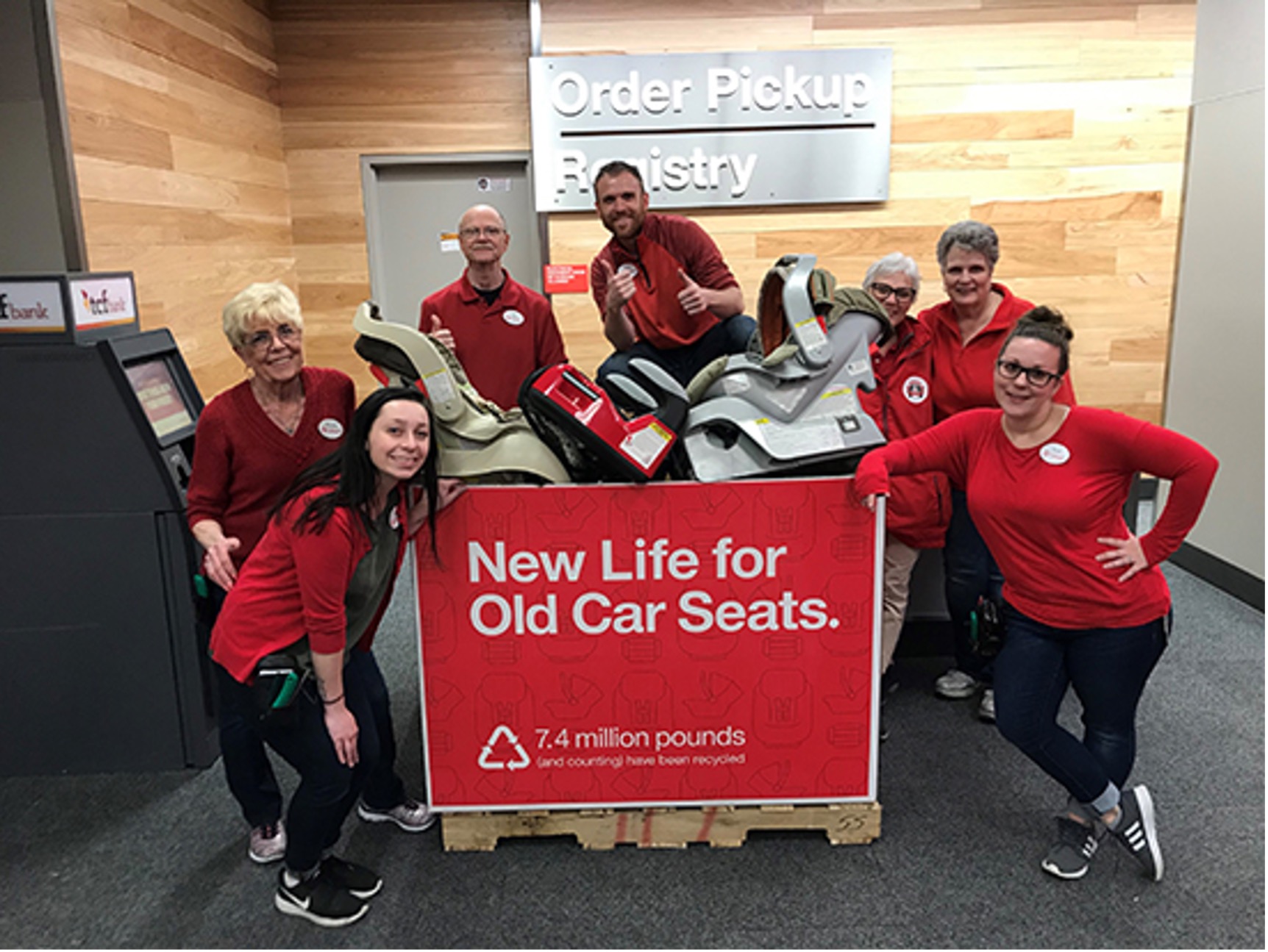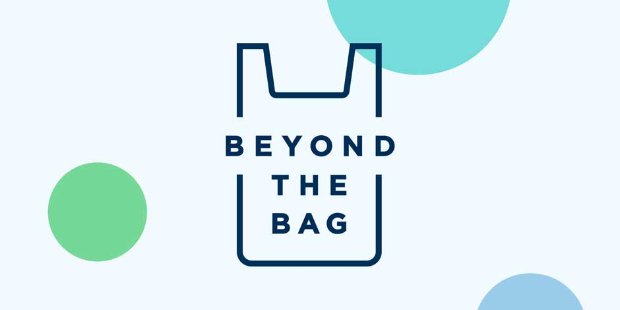
Plastics
As we work toward our Target Forward ambition of innovating to reduce waste, we remain committed to eliminating, reducing and finding alternatives for plastics in our products, packaging and operations. We aspire to enable the circular economy for plastic by exploring alternative materials, delivery systems and reuse models and piloting new innovation in the owned and national brands we carry.
Our packaging commitments
As part of our Target Forward work, we’ve committed to reducing the total volume of virgin plastic packaging by 20% in our owned brand food, beverage, beauty and essentials businesses, measured against our total plastic packaging baseline volume in these categories in 2020. We also aim to design 100% of owned brand packaging to be recyclable, compostable or reusable by 2025. We’ve laid a foundation to help us achieve these goals as part of these commitments:
New Plastics Economy Global Commitment
In 2018, we signed onto the Ellen MacArthur Foundation Global Commitment on Plastics, led by the Ellen MacArthur Foundation in collaboration with the UN Environment Programme. As part of that commitment, we’re working with more than 500 organizations — including many of the world’s largest packaging producers, brands, retailers and recyclers — to change how we produce, use and reuse plastic.
In 2020, Target developed a comprehensive packaging strategy, grounded in our NPE commitments. We invested in data collection and measurement to identify where our greatest opportunities exist to work with our vendors to eliminate problematic plastic packaging, move into more recyclable materials and increase our use of post-consumer recycled content, while also pursuing design opportunities to reduce or eliminate packaging altogether. We aim to increase the use of post-consumer recycled content (PCR) in our owned brand packaging to 20% by 2025. In 2022, we increased our use of PCR to 15%, up from 6% in 2021. Target is also partnering with national brands sold at Target on refill/reuse strategies and other packaging innovations.
U.S. Plastics Pact
We’re also an activator in the U.S. Plastics Pact, which is working to achieve ambitious targets by 2025, including:
- Taking measures to eliminate a defined list of problematic or unnecessary packaging.
- Ensuring all plastic packaging is 100% reusable, recyclable or compostable.
- Undertaking actions to effectively recycle or compost 50% of plastic packaging.
- Collectively have 30% of all plastic packaging feature recycled or responsibly sourced bio-based content.
Through our partnership with REPREVE, we’ve used the equivalent of 2.5 billion bottles converted into recycled plastic to create new products in our owned brand assortments.
Plastic bags
Offering guests bags for their purchases is part of the convenience of a Target run — and that includes giving them plenty of options to make sustainable choices. All plastic bags at Target’s checkout lanes are made of a minimum of 40% recycled content. And as always, guests can recycle any single-use plastic bags they no longer need at our in-store recycling kiosks. We also offer guests an assortment of stylish reusable bag options, along with a five-cent discount for each reusable bag they use at our checkout.
As we continue to work toward our commitment to reduce virgin plastic use across our operations, we’re also looking at alternatives to plastic bags. The Consortium to Reinvent the Retail Bag launched in 2020, with Target as a founding partner. Its goal is to identify, pilot and implement innovative alternative designs for the single-use retail bag. The initiative is now made up of 13 partners from across retail sectors, including the other founding partners of CVS Health and Walmart. In 2022, the Consortium synthesized best practices from its Beyond the Bag Initiative to reduce single-use bags and offer guests a reusable solution when they forget their own bag. These collaborative efforts culminated in the Consortium releasing a playbook of bag reduction solutions and announcing two pilots launching in 2023 alongside other Consortium retailers.
Hangers
Target is committed to reducing the amount of virgin plastics used across our business. Since 1994, our teams have been using a closed-loop reuse program for our plastic garment hangers that hold clothes, towels, curtains and other products. After multiple uses (often seven or more), each hanger is repaired or ground down to make new hangers in a waste-free loop.
Textiles
Plastic can also show up in places you least expect them — like in fabrics — and we’re working to reduce waste there, too. As a strategic partner to the Global Fashion Agenda, we support its efforts to mobilize the international fashion industry to transform the way fashion is produced and consumed. That includes working to minimize textile waste and reduce the use of plastic in fabrics, like those containing synthetic fibers such as recycled polyester.
In 2020, we also began piloting a textile-to-textile recycling project with Circ, where we take our end-of-season, overstock and end-of-life textiles and, with Circ, convert them into new raw materials.
Recycling
For years, we’ve made it easy for guests to recycle materials like plastic bags and bottles (as well as cans, glass, ink cartridges and electronics) at recycling stations at their local Target store. Since 2010, guests have recycled millions of pounds of plastic.
When guests were looking for an easier way to recycle trickier items, like car seats, we launched our popular car seat trade-in program. Once a year, we invite guests to bring unwanted car seats to their local Target store for recycling and to get great deals on new baby gear.
 Target store team members during a Car Seat Trade-In event.
Target store team members during a Car Seat Trade-In event.
